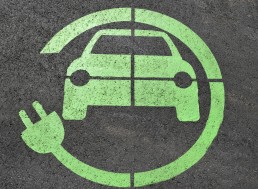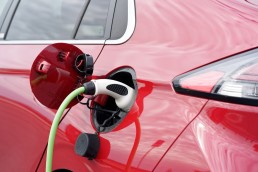Challenge
The building and construction sectors are responsible for c.40% of carbon emissions. Typically, carbon reduction efforts in construction have been focused on the materials or at component-part level.
Curzon supported the client in developing an understanding that all future innovation and digital enablement designed to lower carbon construction processes and ways of working, such as connected autonomous plant (CAP), must address all construction activity and the full project site.
Curzon's approach
Curzon defined ‘The Digital Site’, to provide the enabling infrastructure with an ecosystem of software and hardware technology solutions to function. This will facilitate the most accurate GPS-based automated gearboxes, connected and autonomous plant and more.
Digital site standards are being deliberately designed to enable CAP. The most demanding use-case (electric and autonomous vehicles), can be applied to ensure that any new definition and standard(s) for digital site infrastructure meets the requirements of both the near and potential future for carbon Net-Zero ways of working.

Impact
The Digital Site will be a game-changer:
- All CAP is powered by hybrid or electric technology
- Hydrogen fuel-cell powered vehicles have been trialled, with plans for hydrogen fuel-cell powered excavators by 2023
- Reduced emissions – CO2 (98%) CO, NOx
- Reduced noise emissions
- Many networking solutions offer long-term benefits to local residents
- Lower risk of fuel spills




